Terruño
Location
Altamira site is located within the heart of the alluvial cone of the Tunuyán River in the foothills of the Andes Mountains. Within the district of La Consulta in the southern Uco Valley of Mendoza, it has a surface area of 3660 hectares in total, of which approximately 1,900 hectares are cultivated.
The boundaries of the area are:
- Northern: La Superiora and South streets
- Southern: El Indio street and line constituted on the following geographic cordinates: 69.24840W 33.78119S, 69.24462W 33.78449S, 69.24213W 33.78677S, 69.23843W 33.78803S, 69.23597W 33.78762S, 69.23129W 33.78736S, 69.22660W 33.78695S, 69.22272W 33.78688S, 69.21621W 33.78769S, 69.21237W 33.78647S, 69.20894W 33.78643S, 69.20479W 33.78773S, 69.19816W 33.79063S, 69.19129W 33.79057S, 69.18854W 33.79147S, 69.18497W 33.79286S, 69.18189W 33.79329S, 69.17882W 33.79433S, 69.17650W 33.79489S, 69.17360W 33.79685S, 69.17141W 33.79896S, 69.16811W 33.80197S, 69.16615W 33.80415S, 69.16432W 33.80678S, 69.16253W 33.81060S
- Eastern: Quota line of 1000m above sea level
- Western: Tunuyán River
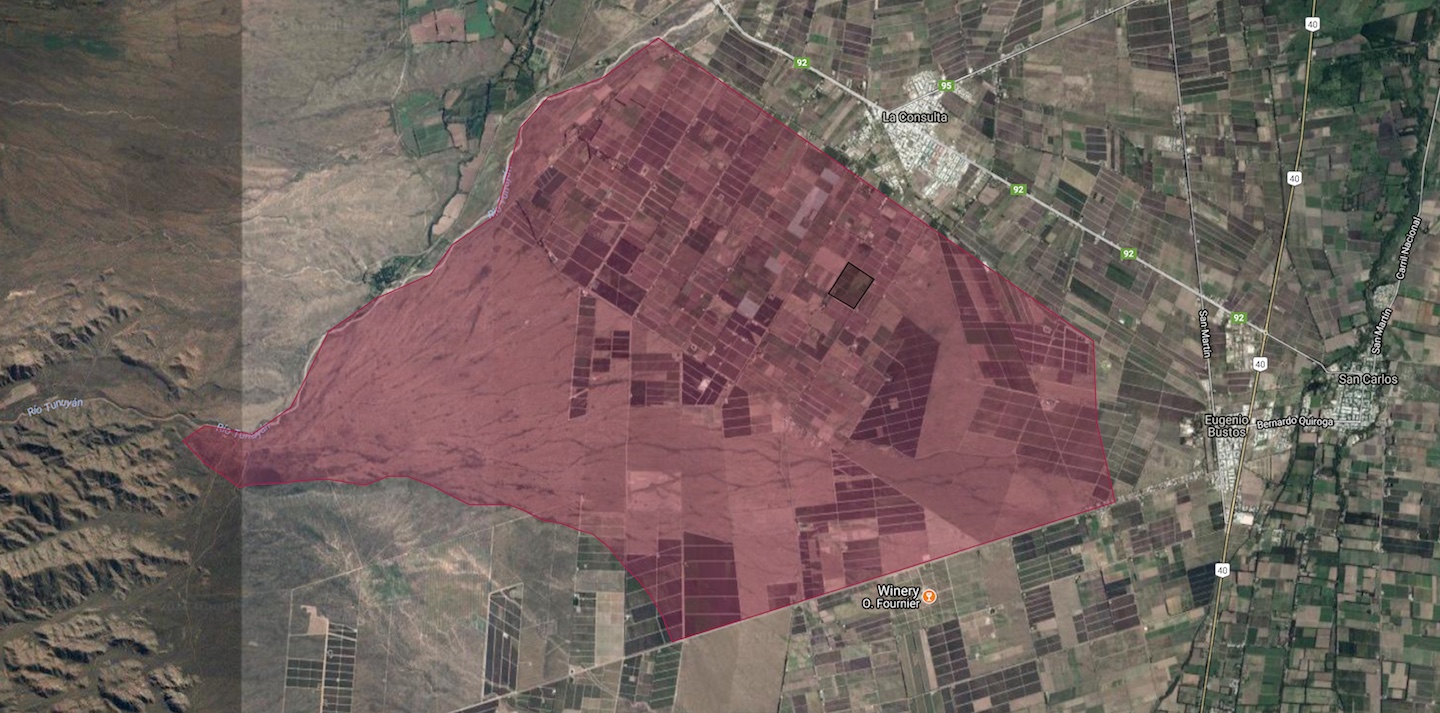
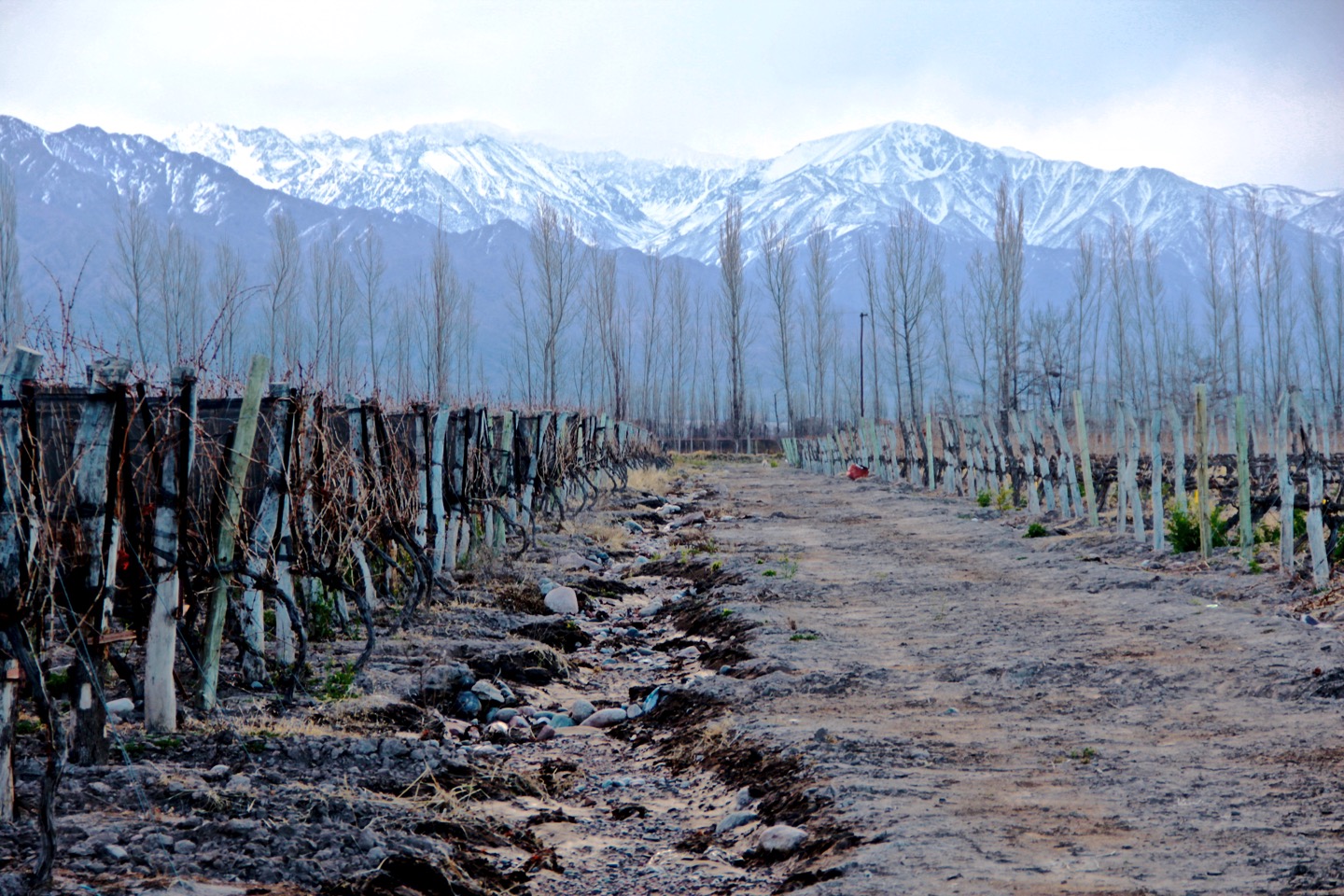
History
Altamira is one of the places with the most history and wine culture in the Uco Valley. There are various versions about the origin of the name Paraje Altamira: some say that it was formerly known as Furlotti and just after 1977 it started to be called Paraje Altamira. Others argue that the area was always called Altamira, as it was a high place, suitable for watching birds and from where you could see the vineyards in the area.
Currently you can find vineyards over 100 years old and the surface area is divided into small vineyards in the hands of many producers, some of them small with generations of families working at the site. This is a big difference in relation to the new places in Uco Valley, which have large tracts of young vineyards with fewer owners, who are mostly large wineries.
In 2013 the National Institute of Viticulture recognized Paraje Altamira as a Geographical Indication (GI) of Argentina, acknowledging unique features of the land for grape growing and high quality wine production.
Malbec Territory
Michel Pouget arrived in Mendoza in 1852 and brought many French grape varieties including Malbec. By 1911, according to Leopoldo Suarez in his contribution to the ampelographic studies in the province of Mendoza, Malbec already covered 50% of the vineyards of Mendoza.
After several generations of experienced wine growers, the vine that gave better results in the vineyard and the winery was Malbec. Today we continue to discover its qualities and its amazing flexibility to express the different terroirs along the length of the Andes.
Malbec in Argentina is the result of several generations’ hard work; it is not a product of marketing or a whimsical idea of just one person.
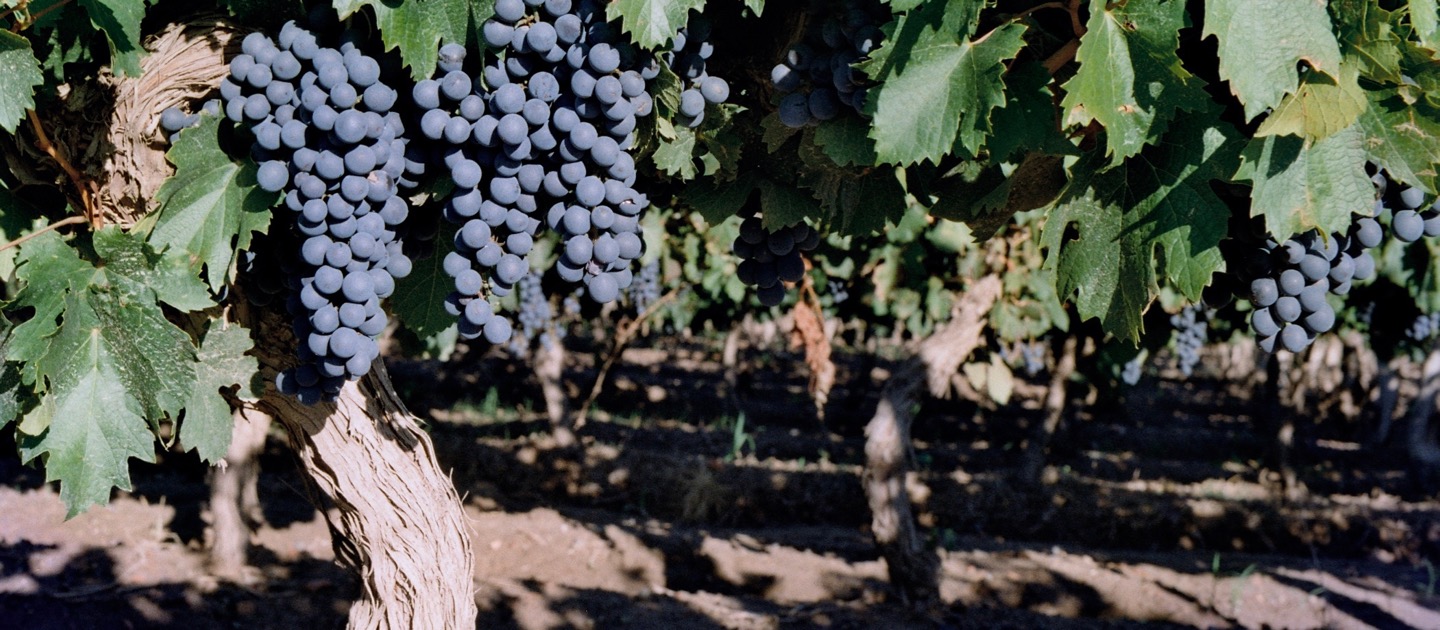
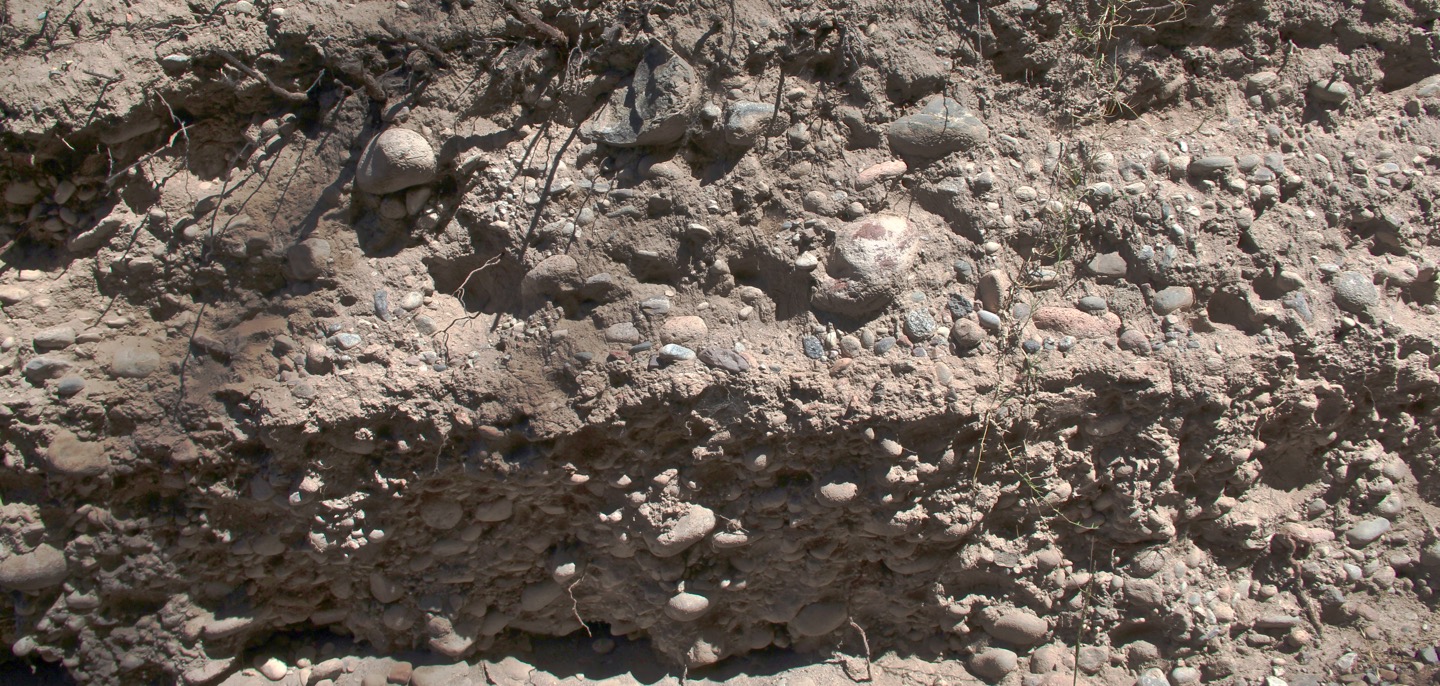
Characteristics of the terroir
Paraje Altamira is a unique terroir in the Uco Valley. In addition to an altitude of over 1000 metres, irrigation with pure, melted ice water and a normal temperature range in the valley, it has great presence of calcium carbonate in its soil. Calcareous soils are its hallmark.
Geological Framework
Paraje Altamira is located within the tectonic depression of Graben of Tunuyán. It is characterized by the presence of marine and continental sedimentary rocks as well as volcanic rocks of the Jurassic, Cretaceous and Cenozoic periods, which are supported by an even older foundation.
It is shaped like a fan with fluvial deposits of the Tunuyán River, with the river’s source being 5000 m above sea level.
Soil
Altamira soils have an ancient fluvial foundation covered by younger alluvial deposits. Fluvial deposits of the Tunuyán River had great development during the Pleistocene period, starting from 2.5 million years ago up to the last 12,000 years, a period in which man appeared on earth. Thanks to the flow of the river Tunuyán, these fluvial deposits were moving '' downstream '' along the entire basin.
The Paraje soil is characterized by the presence of rocks, which in some cases exceed 2 metres in diameter. These rocks have a white appearance due to the intense coverage of calcium carbonate, which may reach a thickness up to 3 mm. This strong coverage indicates the Pleistocene age of river and marine sediments.
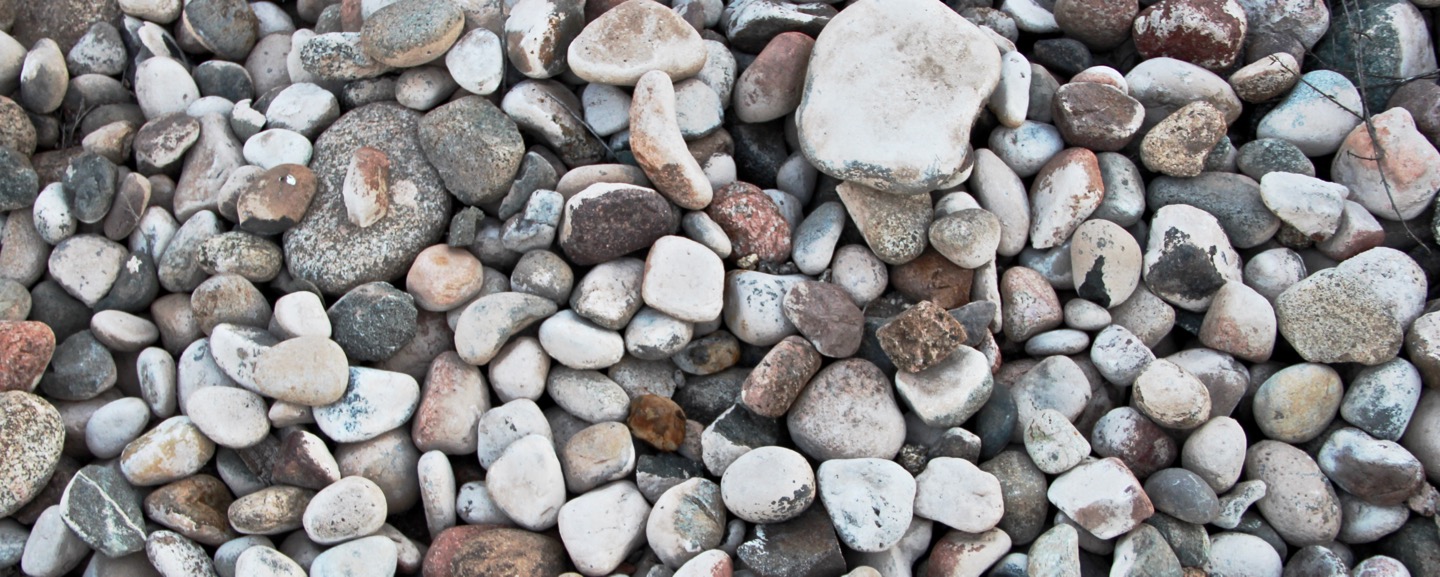
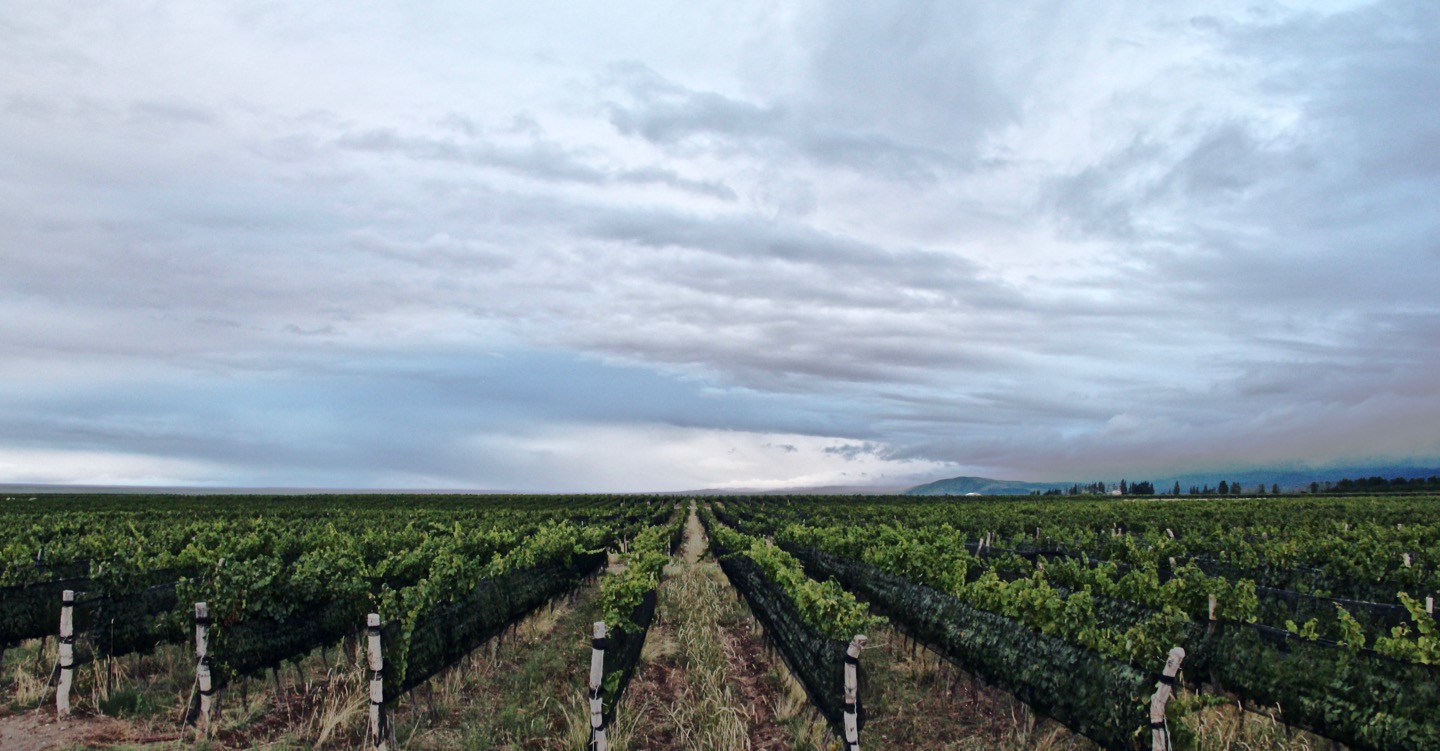
Climate
The climate is continental with intense cold weather and a high temperature range. This creates a condition of enviable natural health as annual spray distributions are around three times less than in Europe. In this climate the grapes ripen slowly, producing wines with complexity with acidity leading us to think about aging wines.
Average temperatures in the ripening period: 20 ° C / 68 ° F
Precipitation (annual average): 213 mm / 1,03ft
